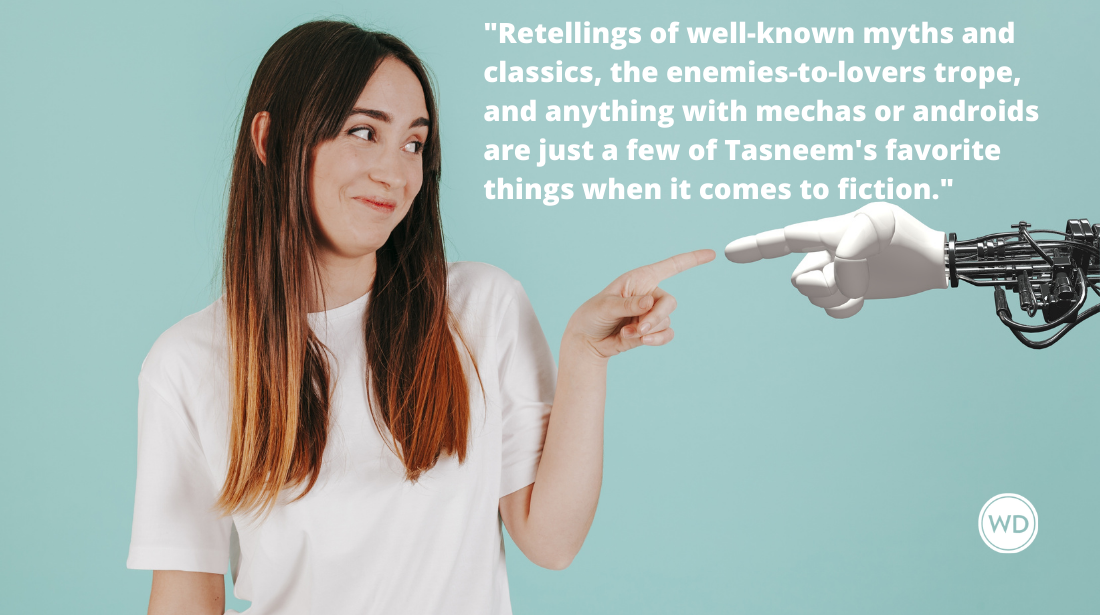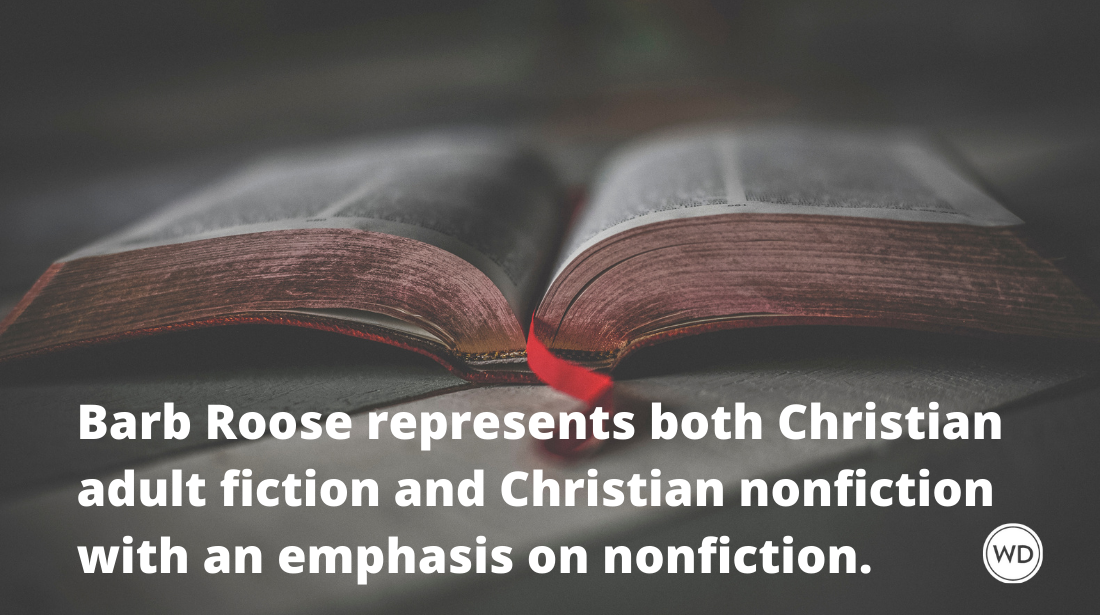Where Our Magic Lives: An Introduction to Magical Realism
So what is magical realism? Right after “What made you tell a story about mermaids and winged tightrope walkers?” this is probably the book question I get asked most. And understandably so. Category classifications are hard enough, and magical realism defies labeling. It’s both a genre and not one. It’s as much a worldview as a category.
This post originally appeared on Diversity in YA.
So what is magical realism?
Right after “What made you tell a story about mermaids and winged tightrope walkers?” this is probably the book question I get asked most. And understandably so. Category classifications are hard enough, and magical realism defies labeling. It’s both a genre and not one. It’s as much a worldview as a category.
Order a copy of Anna-Marie McLemore's When the Moon Was Ours today.
Magical realism is a literary and cultural language. I might be able to tell you its name, and its origins. But it’s hard for me to say what it sounds like because I grew up speaking it. I hesitate to give a brief, one-sentence definition of magical realism for the same reasons I hesitate to give a short definition of what it means to be Latina. I know what it feels like, but because it’s what I am, it’s hard for me to say how it differs from being something else. When the moon speaks in Lorca’s BLOOD WEDDING, or when Tita turns to fire in LIKE WATER FOR CHOCOLATE, I take a deeper breath not because these things seem impossible, but because the moon’s words, and Tita’s desire, stay with me.
Okay, Anna-Marie, so you’re saying you can’t tell us what magical realism is?
Yes.
No.
Maybe.
Let’s look at this through the lens of a different question: How does magical realism differ from realistic fiction with supernatural elements, realistic fiction with fantastical elements, or even realistic fiction with touches of magic?
Though the distinctions can be as subtle and various as the differences between two cultures, here are the two main ones that come to mind: how the idea of the magical is handled, and the fact that magical realism has roots in oppression.
How the sense of the magical is handled
Magical realism isn’t just about seeing the extraordinary in the ordinary. In a culture of oppression, seeing the magical in the midst of the tragic, the unjust, the heartbreaking is a way of survival, for people, for communities, for cultures. We must find our magic where it lives, or we will lose it. Our spirits depend on not overlooking that which might be dismissed or ignored.
In magical realism, that sense of magic belongs not to individuals, but to communities. Characters may be worried over extraordinary events, but they’re not shocked or incredulous about them. The other side of this coin is the knowledge that oppression is a force that waits, and hovers. The world is more brutal than so many people believe, and more beautiful they than imagine.
Magical realism has roots in oppression
Take Lorca, one of my favorite authors of magical realism, whom I mention above. In his late thirties, in the midst of the start of a war, he was executed for motives related to his politics and his sexual orientation. The pain and beauty threading through his work comes from the same places that made him a threat to those who ultimately ended his life. And this, heartbreakingly, is not an unfamiliar story. Some of the most transcendent art—magical realism and otherwise, literature and other forms—comes from artists all too familiar with oppression.
Am I saying that white/straight/cis writers can’t write magical realism? Absolutely not, no more than I’d say that a writer from one culture can’t write a character from another culture. (I recently swooned with joy when a white writer told me she’d taken special care to be respectful of the origins of magical realism when she wrote her novel.) Like a language, magical realism can be learned.
But like a language, it takes work. And though there are no limits to who can enjoy reading or who can write magical realism, it’s a language that might sometimes come a little quicker to those from marginalized groups. Being familiar with oppression, of any kind, can leave you more open to the idea that the magical belongs to everyone, and that trying to possess it is often an insidious incarnation of privilege.
Where Our Magic Lives
I’m blessed not to have grown up during the times of unrest that bore so many beautiful works of magical realism. But I come from cultures of oppression that taught me this world. It’s a world where magic is more heartening or frightening than it is surprising. Where you are always both yourself, and a single facet of your jagged, shimmering community. Magical realism is a place where magic spreads, and endures, and refuses to fit in any single set of hands.
A few book recommendations
- LIKE WATER FOR CHOCOLATE by Laura Esquivel. Traditional magical realism against the landscape of familial closeness and conflict. Not technically YA, but I read it as a teen, and it was one of the books that made me a reader. It shares themes of becoming your own and making your own choices with many of my favorite YA books.
- SUMMER OF THE MARIPOSAS by Guadalupe Garcia McCall. For an example of classical magical realism, play special attention to how the girls in this sister-story interact with la llorona, a mythical figure who takes on a different persona than how she’s historically cast.
- THE WALLS AROUND US by Nova Ren Suma. Nova Ren Suma’s novels defy genre; it’s one of many reasons she’s one of my favorite authors. In her latest, you’ll find hints of magical realism mixed in with other elements that are uniquely her own.
Anna-Marie McLemore is the author of WHEN THE MOONWAS OURS (Oct. 4, 2016, Thomas Dunne Books). She is a Lambda Literary fellow, and her work has been featured by The Portland Review, Camera Obscura, and the Huntington-USC Institute on California and the West. Her debut novel, THE WEIGHT OF FEATHERS (Thomas Dunne Books/St. Martin’s Press), was a Junior Library Guild Selection and a finalist for the William C. Morris Debut Award. You can find Anna-Marie on her website or on Twitter.






